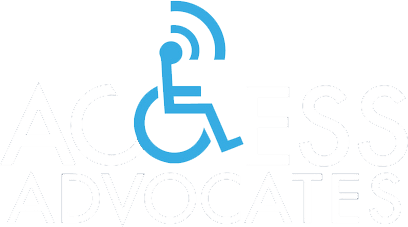There are few sights lonelier than a child sitting on the sidelines, unable to join the other children playing. Until recently, that’s how all parks and playgrounds were for children with disabilities, and specifically those in wheelchairs. However, inclusive playgrounds that grant accessibility to all children are becoming more common, and one day all parks and playgrounds may take being inclusive and accessible for granted.
Since 2012, children’s access to play areas has been a civil right under the Americans with Disabilities Act. However, due to the cost of refitting and redesigning playgrounds, many playgrounds are not ADA-compliant. When new parks are built or old parks are remodeled, it is often the parents of children with disabilities rather than local government who are behind the efforts to make the community more aware of the need as well as raising appropriate funds.
The benefits of accessible playgrounds are legion. Children in wheelchairs get an opportunity to play and exercise and a chance to interact with other children, thus developing social skills and forming relationships. Able-bodied children get a chance to interact with children with disabilities, which leads to stereotypes being destroyed.
While there are not yet enough wheelchair accessible playgrounds, there are some good ones.
- Brooklyn’s Playground in Pocatello, Idaho, is named for Brooklyn Fisher, whose parents found the local playground unsafe for her.
- Everybody’s Tree House is a playground in Germantown, Tennessee’s Riverdale Park. The tree house, swings, and gliders are designed for all children to enjoy, and the park has plans for expansion.
- Hadley’s Park in Potomac, Maryland, was the first park of its kind in the state. Let’s hope it’s merely the first of many.
If you have questions about parks or other public places that aren’t ADA-compliant, contact us. We’ll be happy to assist you.

